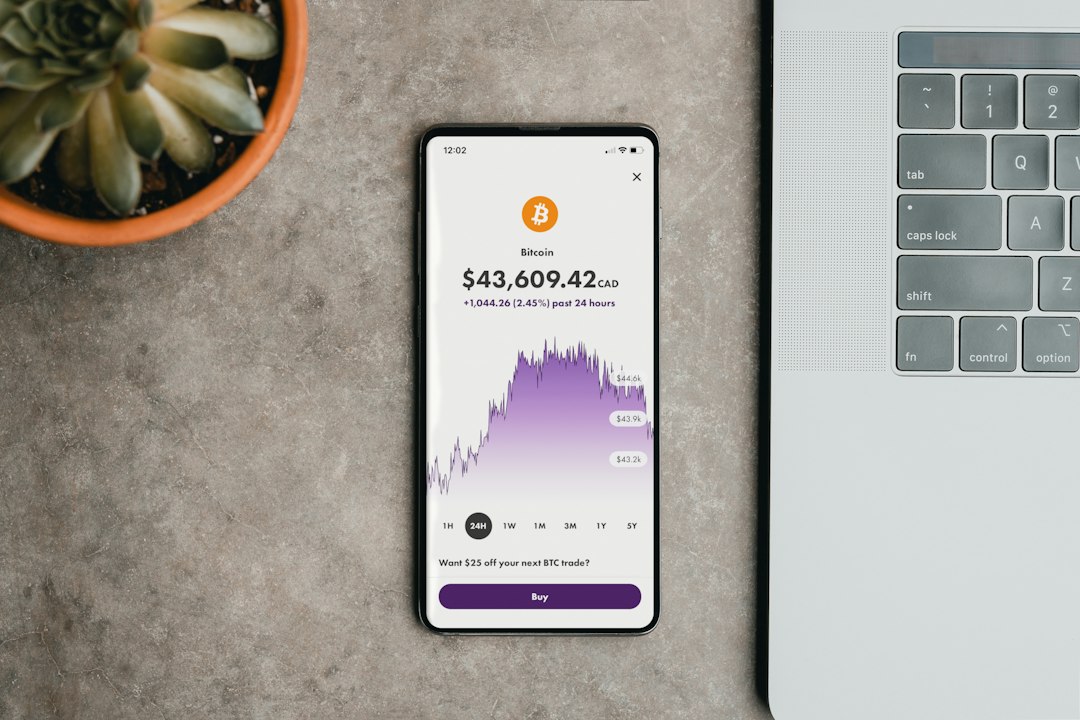Pending Transactions on the Bitcoin Network
Over the last week of April, there was a significant increase in pending transactions on the Bitcoin (BTC) network. This trend continued into May, resulting in high transaction fees for Bitcoin holders who wanted to move their coins. The Bitcoin mempool, where these pending transactions wait to be confirmed, remained congested with hundreds of thousands of stuck transactions.
However, the situation started to change in the last week of September. Currently, data from Johoe’s Bitcoin node shows that the number of pending transactions is at a 6-month low, with only 31,000 transactions waiting in line. This is a significant improvement compared to earlier this year when there were over 20 times more pending transactions.
It is worth noting that on May 16, Johoe’s node crashed and the data for that day was lost. This can be seen as false lows with zero transactions waiting in the mempool on the chart.
Pending Transactions’ Effects on Bitcoin Fees and Lightning Network
The increase in pending transactions can lead to higher transaction fees as senders compete for limited block space. During the peak of pending transactions in May, average fees reached $31 per Bitcoin transaction. However, fees later dropped below $5 per transaction.
In response to the congestion on the Bitcoin network, users started migrating their BTC funds to the Lightning Network (LN) to transact off-chain. But with the recent decrease in pending transactions, LN stats have changed significantly. Nodes are being shut down, channels are being closed, and funds are being retrieved for the safety of the Bitcoin blockchain.
According to Amboss statistics, there have been 4,667 channel closures and 1,033 node shutdowns in the past month alone. Despite this decrease in activity, the LN capacity measured in BTC has increased by 1.64%, with 80 more Bitcoin available for the network’s liquidity.
Hot Take: Bitcoin Network Congestion Eases, but Challenges Remain
The significant decrease in pending transactions on the Bitcoin network is a positive development for users, as it means lower transaction fees and faster confirmations. However, challenges still persist in terms of scalability and network congestion. The Lightning Network has seen a decline in usage, with nodes being shut down and channels being closed. This highlights the need for further improvements and solutions to ensure a smooth and efficient user experience on the Bitcoin network.





 By
By
 By
By
 By
By
 By
By
 By
By
 By
By